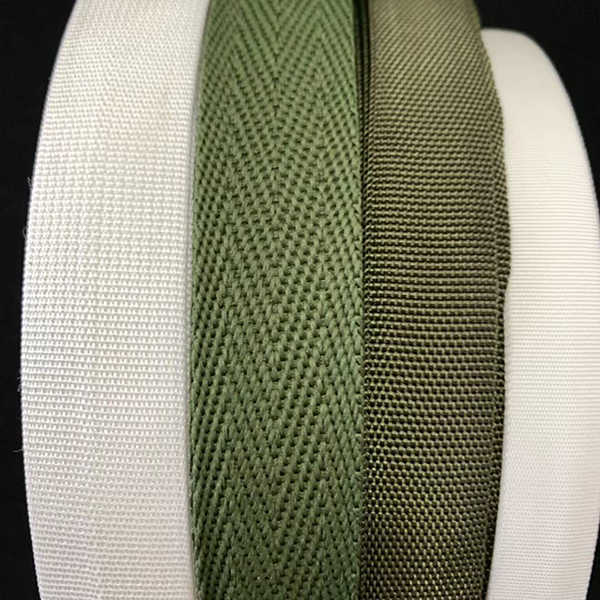Technology of edging webbing Technological progress brings Selvedge webbing Product upgrading. In 1979, the trial production of the domestic generation SD9-9 rubber ingot belt was successful, which ended the history of rubber ingot belt products relying on imports. In 1980, SD-81A and B rubber ingot belts were developed, which are soft, light, thin, firm, with small elongation, small impact force, short and flat joints. At the beginning of 1990, the trial production of car seat belts for Santana cars was successful. After more than two years of research and trial production, the product quality reached QC49-92 and TL-VW470 standards.
After the weft tube is formed by the yarn warp cylinder and weft winding, it is inserted on the fixed gear seat of the knitting machine, and the weft tube rotates along the 8-shaped track to draw the yarns to cross weave with each other. Usually, the number of spindles is even, the woven tape is tubular, the number of spindles is odd, and the woven tape is flat. Spindle weaving technology has been applied since old China. The number of spindles varies from 9 to 100 due to different equipment. The basic process of weaving is: bleaching and dyeing - weft rolling - weaving - off machine shearing - packaging. Since 1960, many technical innovations have been carried out on the knitting machine, mainly including the enlargement of peach plate diameter, the installation of an automatic stop device for breaking rubber bands, and the replacement of iron ingots with nylon ingots. The improvement of these equipment has increased the vehicle speed to 160~190 rpm, doubled the stand rate and greatly improved the product quality.


